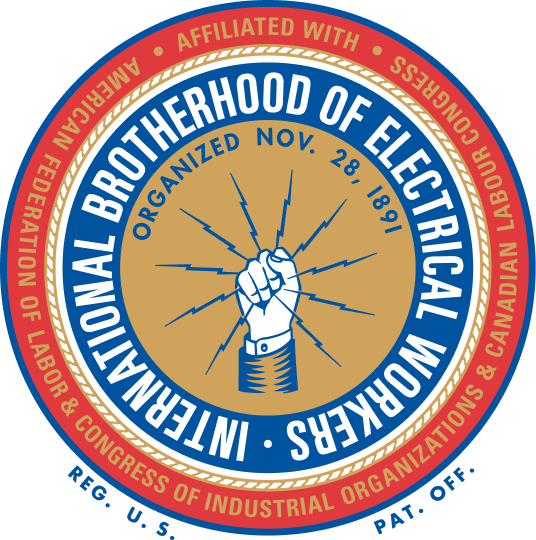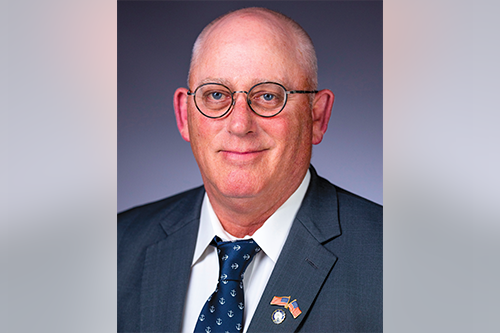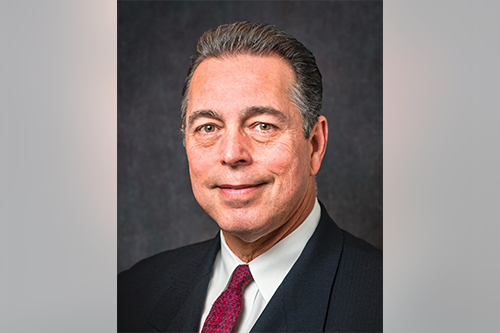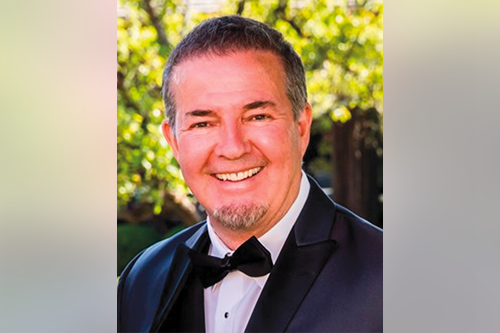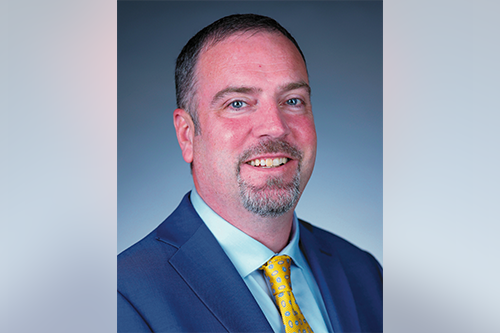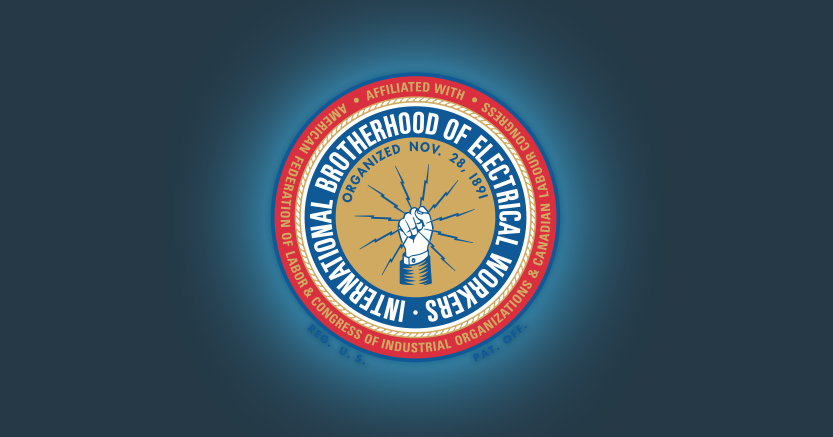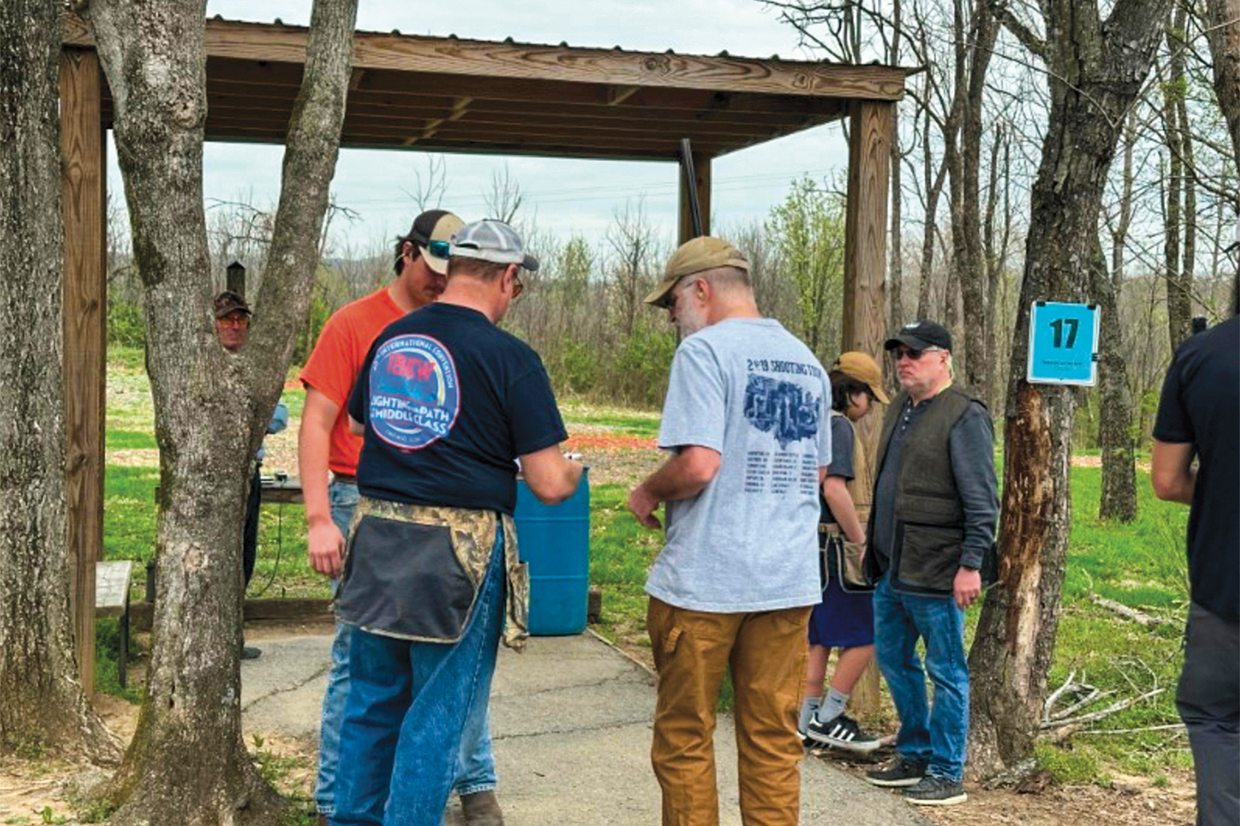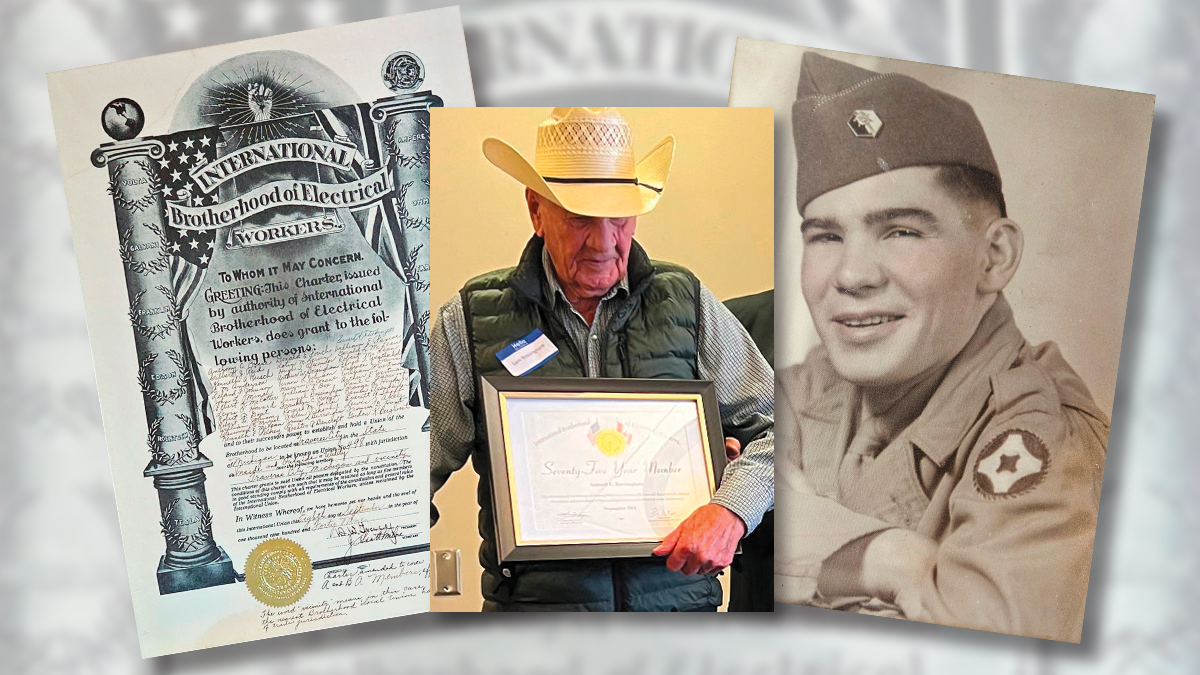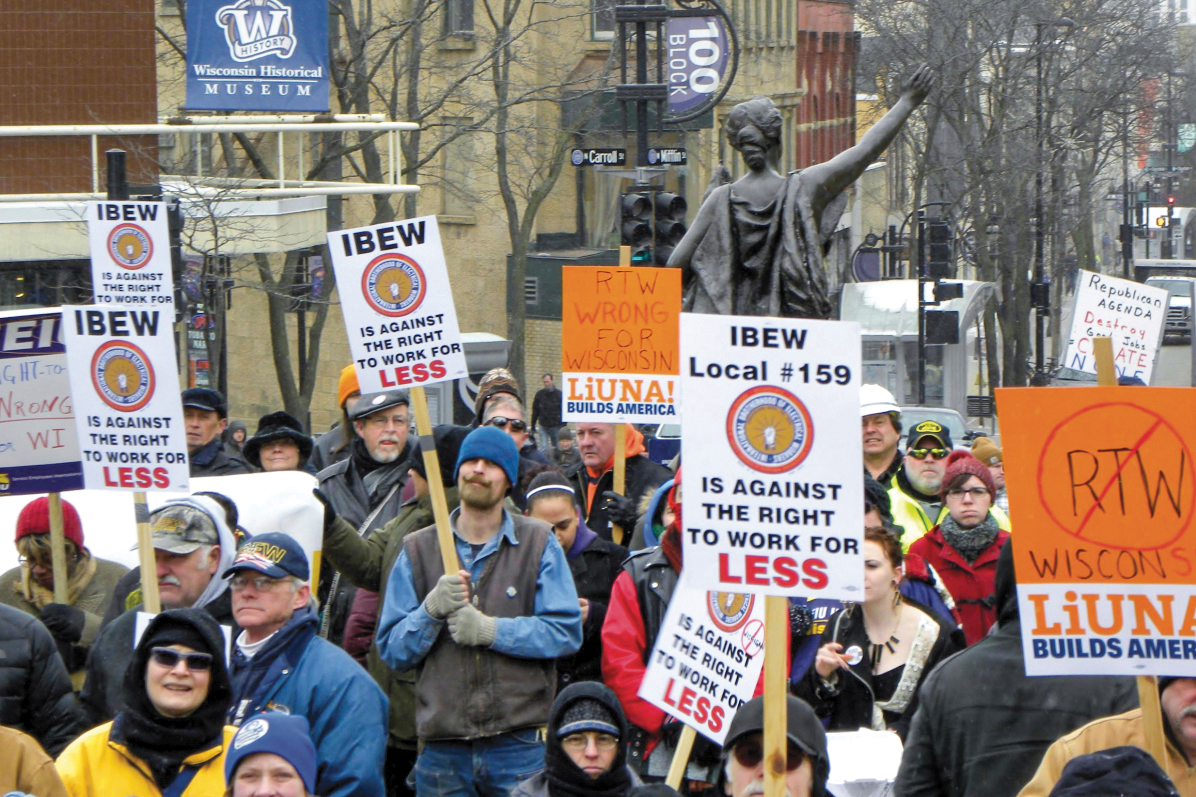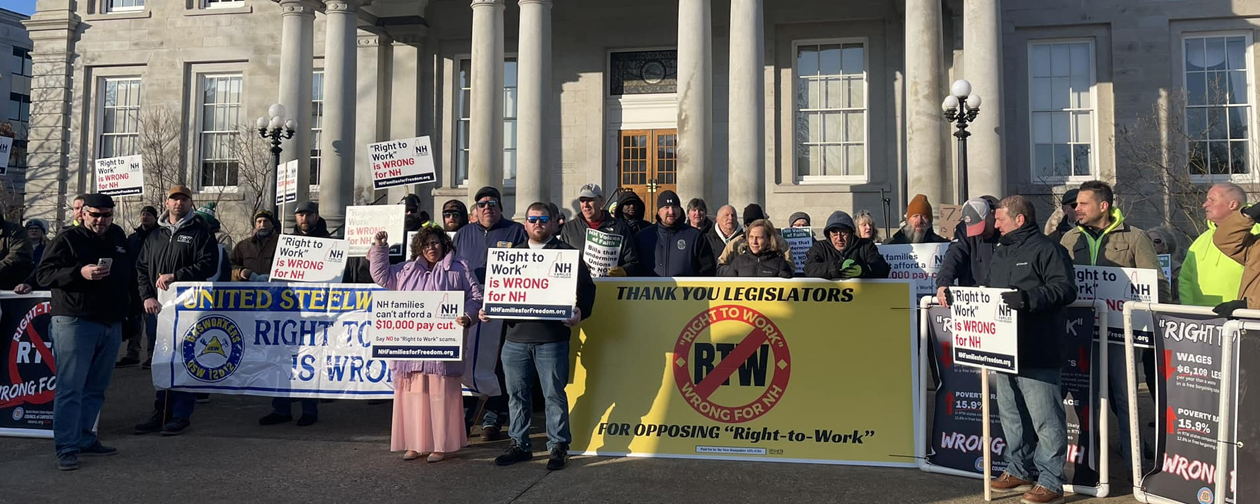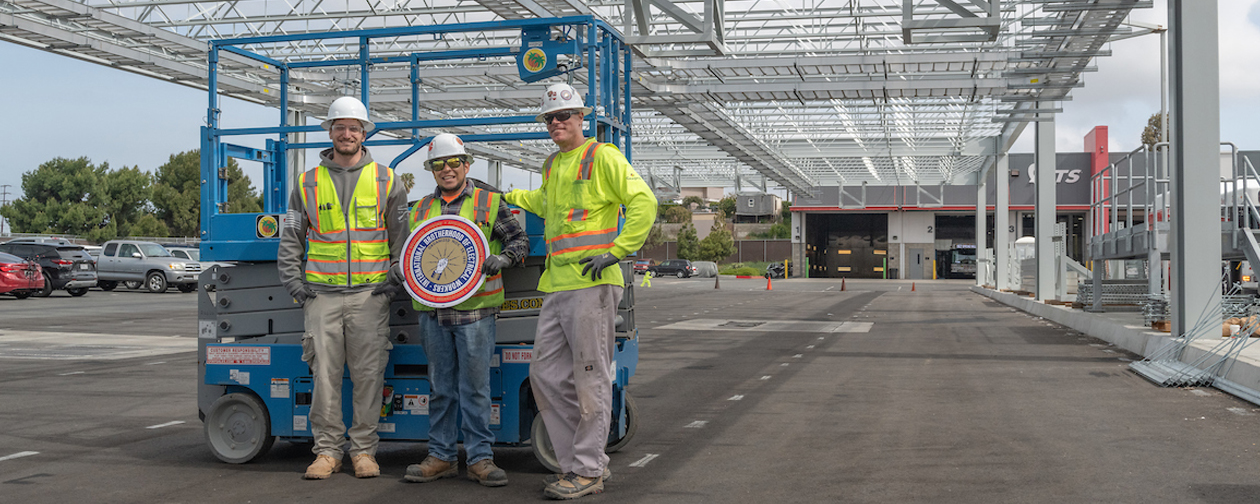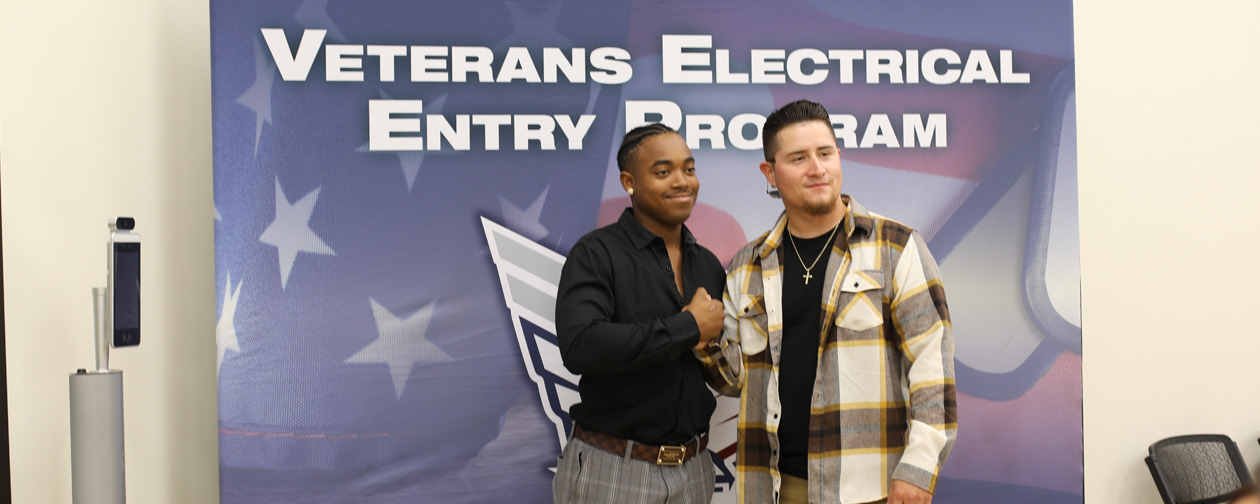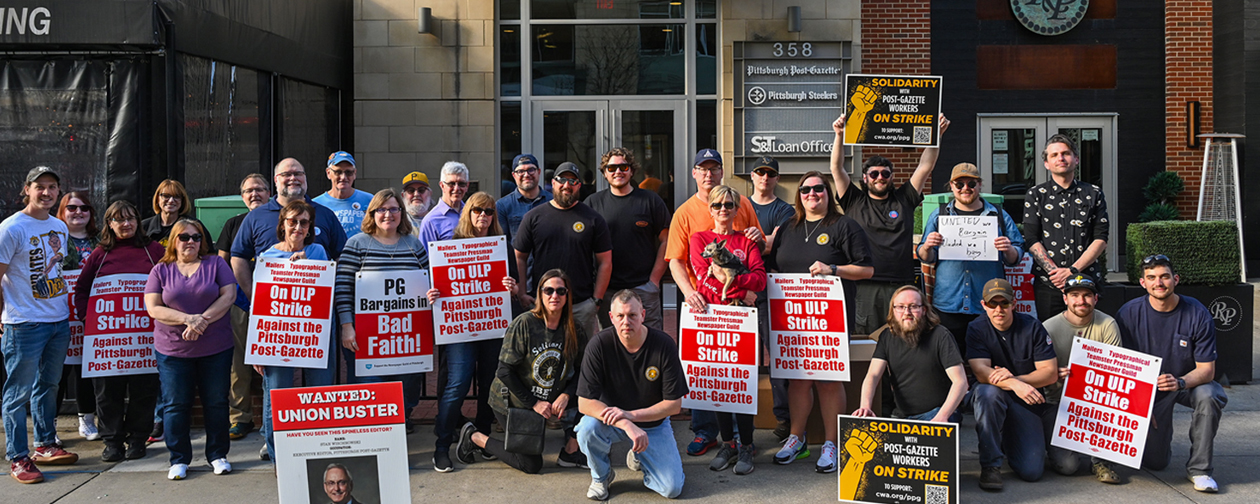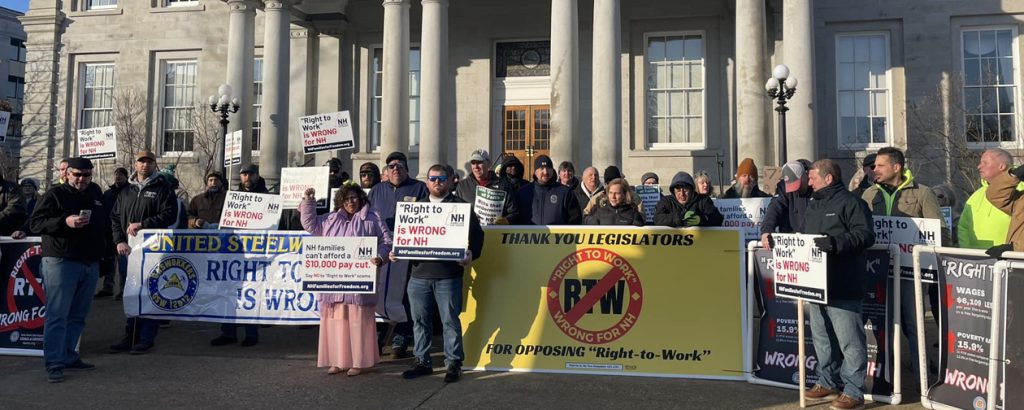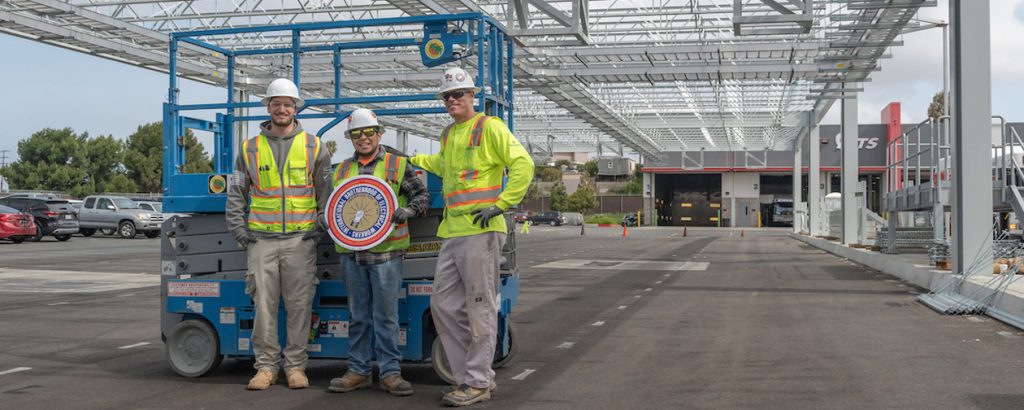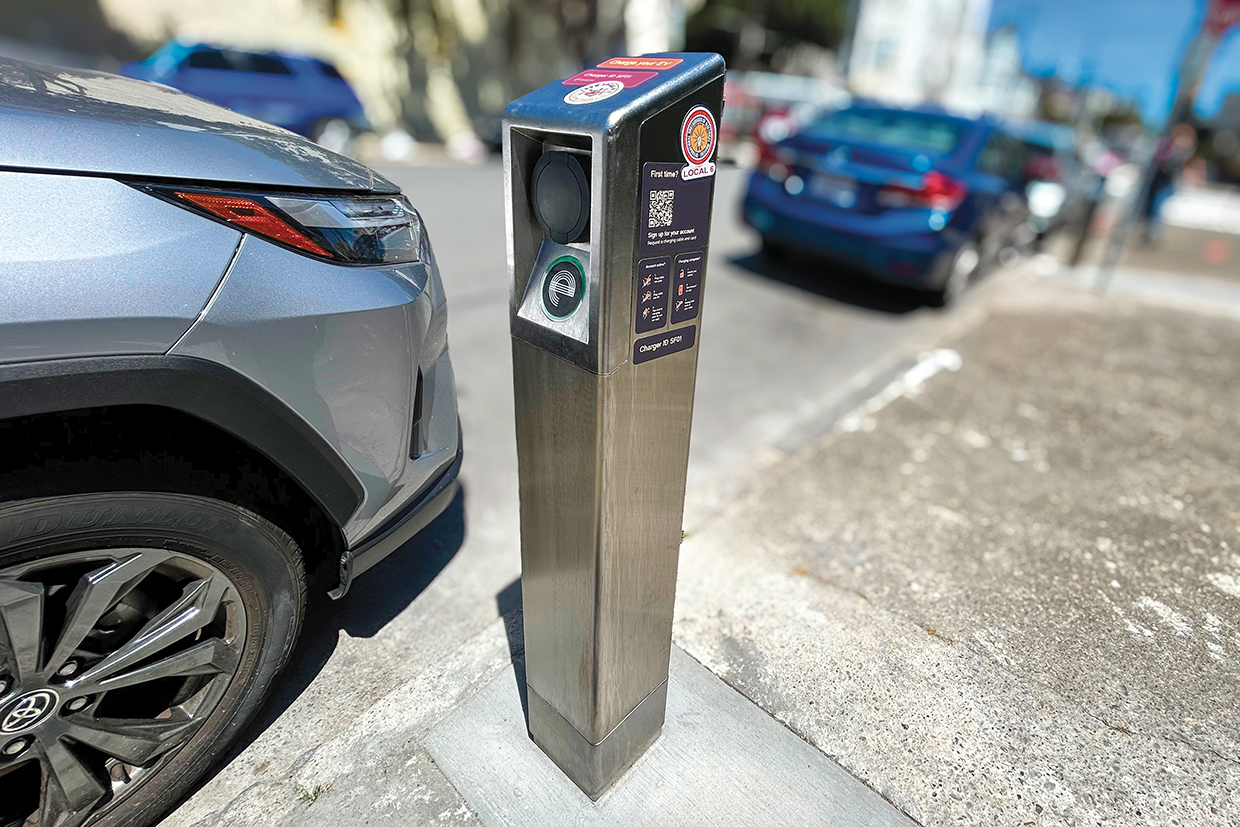
San Francisco Local 6 members installed the first curbside electric vehicle chargers west of the Mississippi, right in front of their union hall. The chargers are the first of hundreds that the city plans to install by 2030.
“Our members have been actively involved in electrical transportation in San Francisco for 130 years,” said Local 6 Business Manager John Doherty. “We believe in the future of electric vehicles, and we’re here to make sure that everybody knows that not only do we know how to do it, that we’re already prepared and trained.”
Local 6 members already maintain the largest greenhouse-gas-free electrical transit system for the city’s trolley bus, streetcar and light rail . Even the famed cable car network has been running on the grid since 1906.
Expanding to public EV charging makes perfect sense in the Bay Area, where electric vehicle ownership is most common, according to research published by the consulting group Replica.
But EV ownership in the city and county of San Francisco lags the suburban counties that surround it, in no small part because nearly 70% of residents live in apartments, flats, condos or houses without garages or off-street parking.
Then there is affordability: The less money you have, the less likely you are to have an EV plug to call your own.
“The transition to clean energy should benefit working people. If public space and money is used to build EV infrastructure, then working people should be able to afford it. If it uses public space and money, there should be no race to the bottom on wages and benefits,” Doherty said. “I’m happy to say that San Franciscans agree.”
The chargers are on public property, but they are built and operated by a private company, New York-based It’s Electric, which has an agreement to use IBEW contractors for its curbside network in the areas they are piloting.
“Work has slowed in many American big cities as a result of the downturn in the commercial sector. Building out the chargers and the higher-capacity grid they will eventually need will be critical work for us,” he said. “There is no guarantee that green jobs will be good jobs unless they’re union jobs.”
The 7.6-kilowatt chargers add about 25 miles in range per hour of charging. Two hours will exceed the average distance most drivers cover each day in the U.S., about 40 miles.
This will address the concern of would-be EV drivers that they won’t be able to charge their car when they need to, the most common reason people won’t buy an EV.
“If you want to get over that hump, chargers will have to be everywhere for people to have that confidence,” Doherty said.
And chargers are far from everywhere. The U.S. trails well behind the rest of the world, with just over 200,000 total charging locations, public and private.
Europe has nearly a million.
But both are far behind China, which has more than 3.2 million and growing fast. China is also, not coincidentally, the leader in global EV manufacturing and sales.
The Inflation Reduction Act, signed in 2022, allocated more than $7 billion for charging infrastructure. The Biden administration also highlighted the IBEW’s Electric Vehicle Infrastructure Training Program as the gold standard for grant-making decisions.
The fate of much of that work is up in the air, and projects worth hundreds of millions of dollars are in limbo.
The two chargers in front of Local 6 are the first fruit of a city pilot program that doesn’t depend on support from Washington. Expanding the charging network across the city and the country so that EVs are realistic choices for most Americans requires that support. In the meantime, hundreds of union electrical workers sitting on the bench looking for work will continue waiting.
“I am not here to tell anyone what kind of car or truck to get, but I represent electricians, and we don’t have many hours at gas stations,” Doherty said. “The more everything runs on the grid, the more work my members have. The more work my members have, the happier my members are.”
